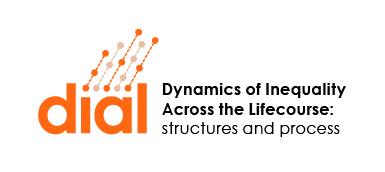The distribution of wealth in most countries for which there is reliable data is strikingly uneven. There is also recent work suggesting that the wealth distribution has undergone significant movements over time, most recently with a large upward swing in dispersion in several Anglo-Saxon countries (Piketty 2014; Saez and Zucman 2016). For example, according to the estimates in Saez and Zucman (2016) for the United States, the share of overall wealth held by the top 1% has increased from around 25% in 1980 to more than 40% today; for the top 0.1% it has increased from less than 10% to more than 20% over the same time period.
The observed developments have generated strong reactions across the political spectrum. In his 2014 book Capital in the Twenty-First Century, Piketty is obviously motivated by the growing inequality in itself, but he also suggests that further increases in wealth concentration may lead to both economic and democratic instability. Conservatives in the United States have expressed worries as well: Is the American dream really still alive, or might it be that a large fraction of the population simply will no longer be able to productively contribute to society? Given, for example, that parental wealth and well-being are important determinants of children’s human capital accumulation, these are legitimate concerns regardless of one’s political views. These concerns, moreover, have stimulated the proposal and discussion of a number of possible changes in policy. The primary aim of the present paper is, instead of focusing on policy changes, to understand the determinants of the observed movements in wealth inequality. This aim is basic but well-motivated in light of the policy discussion: to compare different policy actions, we need a framework for thinking about what causes inequality and for addressing how any particular policy influences not only inequality but also other macroeconomic variables.
